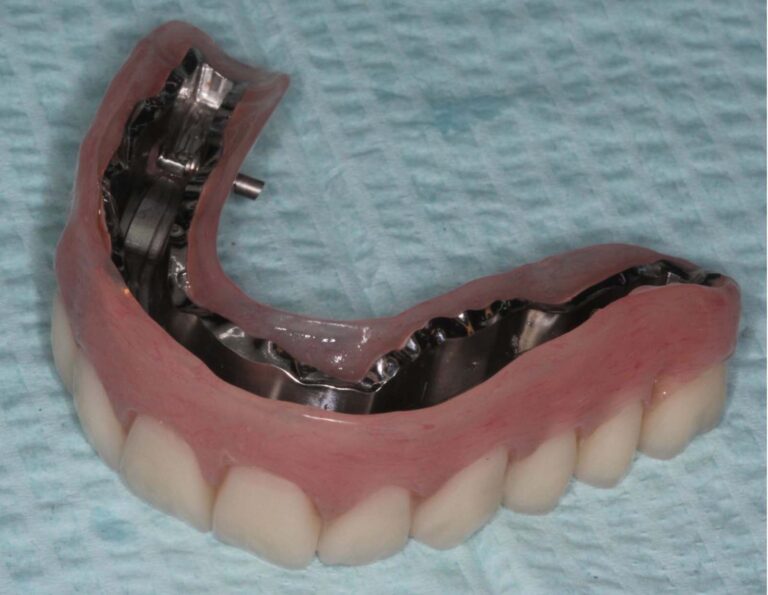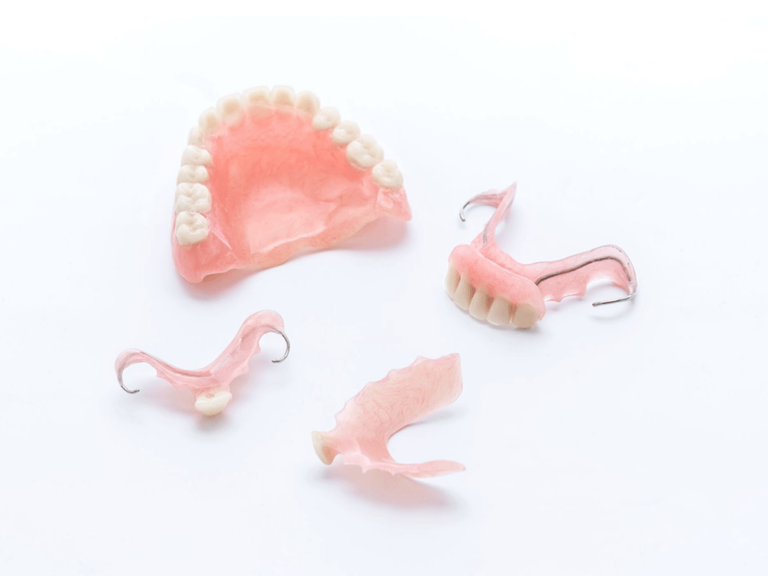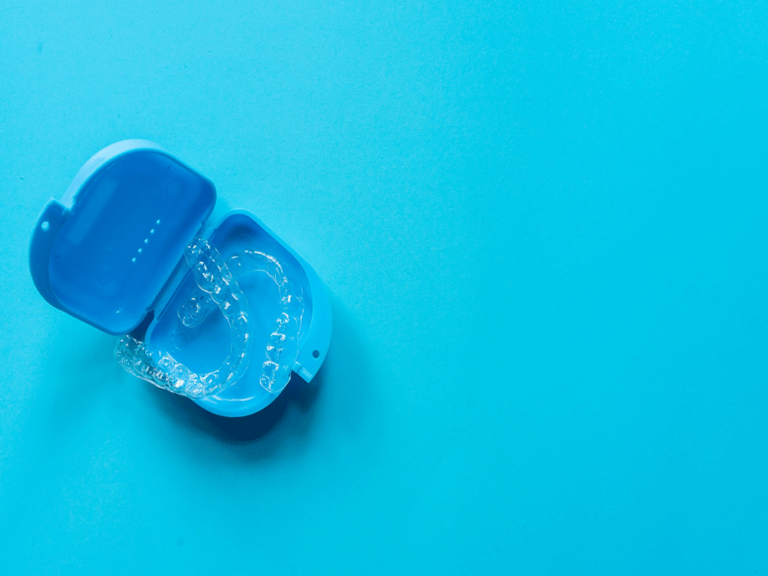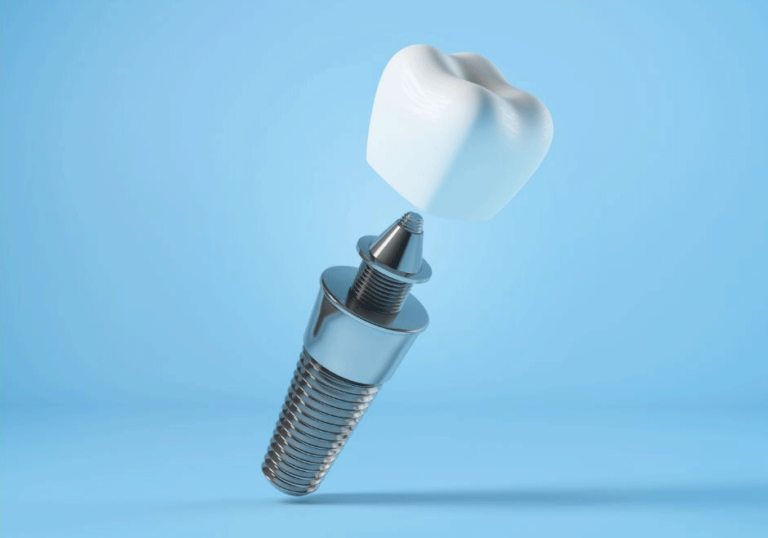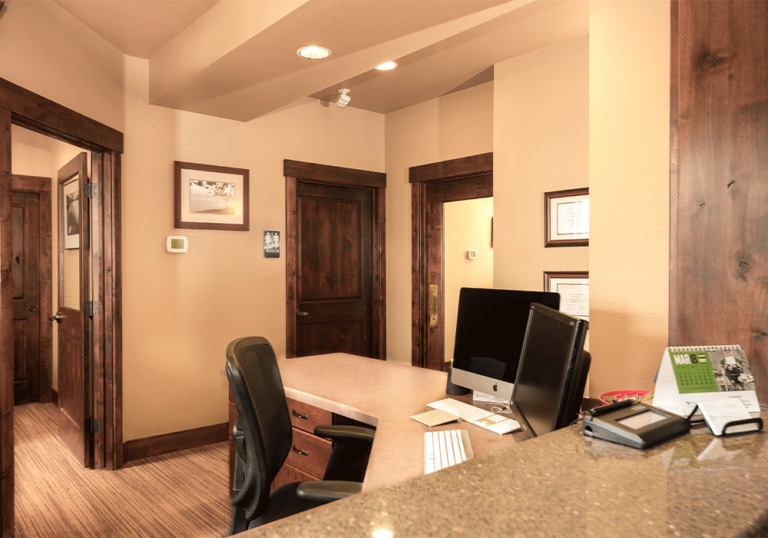How GERD Affects Teeth and Tips to Protect Your Smile
While most people associate gastroesophageal reflux disease (GERD) with heartburn, acid reflux, etc., this common condition can also take a toll on your oral health. Let’s explore how GERD impacts your teeth, share dietary and environmental factors to avoid, and offer other recommendations to manage and protect your smile.


